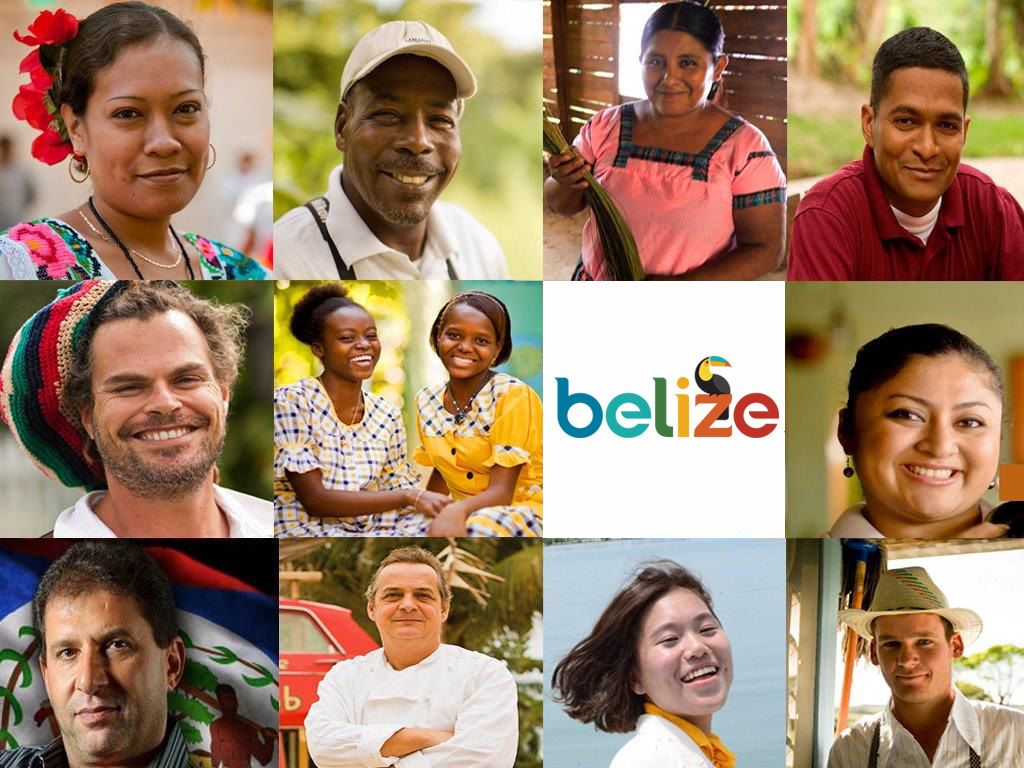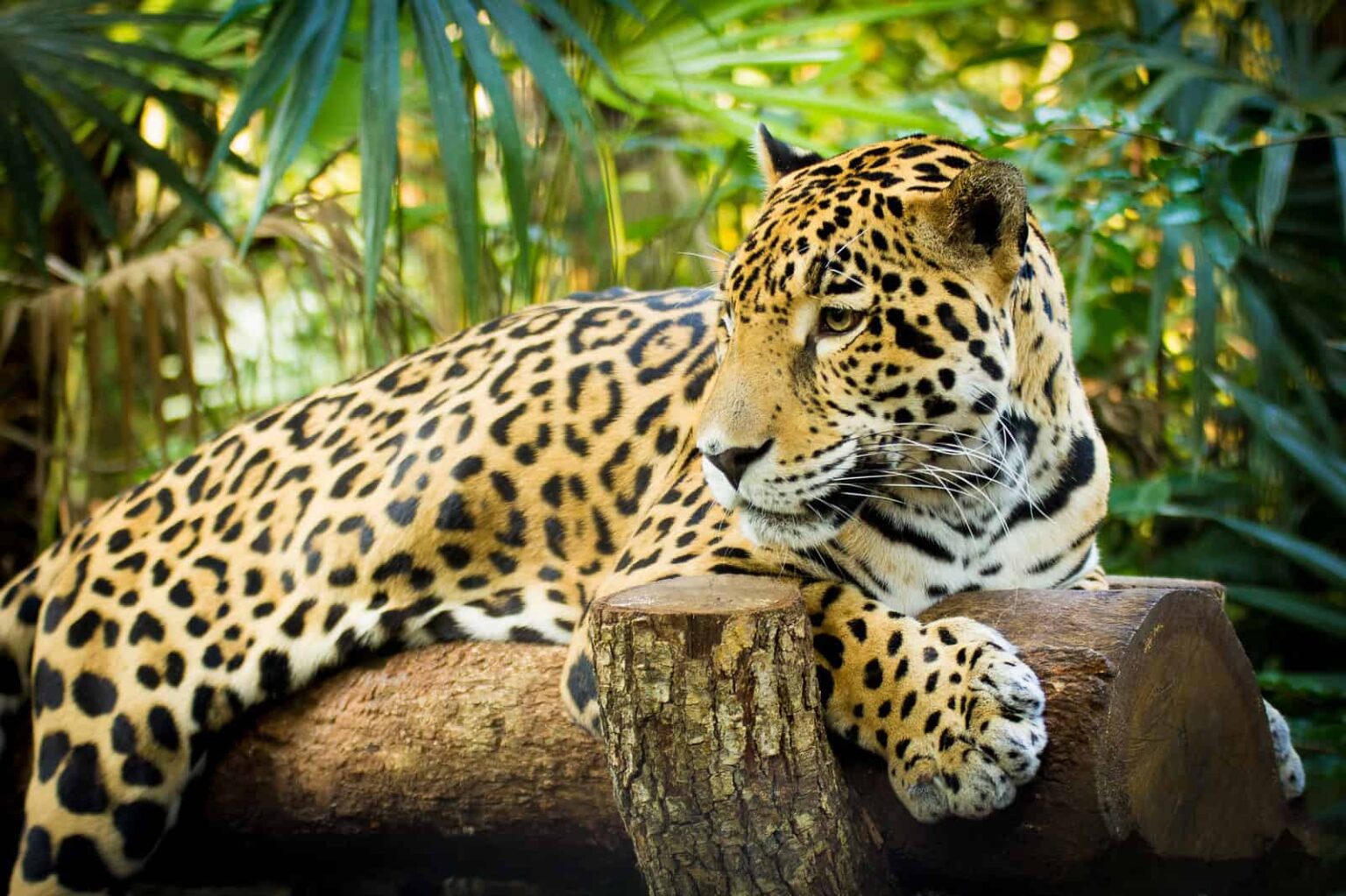With just a population of approximately 397,628 citizens, Belize is one of the most culturally diverse countries in the world. Belize is a ‘Melting Pot of Cultures’ for its unique blend of various influences from all over the world. Home to various ethnic groups such as the Garifuna, Mennonites, Maya, Creole, East Indian, Mestizos, Chinese, and much more. Each one of these cultures plays an amazing role in making Belize a culturally diverse destination for their unique traditions, dances, foods, music, and language.
Cultures of Belize:
1. The Garifunas
The Garifuna people arrived in Belize in 1832 after they left their native St. Vincent in the Caribbean. Their cultural contribution to Belize has been so remarkable that in 1977, November 19th was officially declared a public and bank holiday. Today, the Garifuna is one of the leading cultures in Belize for their authentic dishes, traditions, clothing, music, and dances. Every year, the 19th of November is observed at National Garifuna Settlement Day where the Garifuna would do a reenactment of their arrival to Belize as well as host several celebrations throughout their communities in the country. You cannot come to Belize and not enjoy some of their delicious dishes like Hudut, cassava bread, darasa, bundiga or dance punta, HunguHungu, Chumba to the beat of the drums.
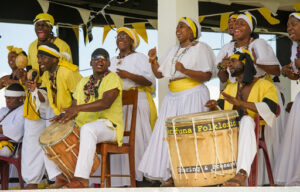
2. The Mennonites
Migrating from the Netherlands in 1790, to Prussia, Germany, South Russia, Canada, the United States, and Mexico, the Mennonites finally settled in Belize in 1958. Under an agreement with the government, they bore all expenses of removal and settling, bringing with them capital amounting to one million dollars. They are exempted from military service; and although they pay all other taxes, they do not partake in any form of compulsory or social welfare schemes. Initially, some 3,500 Canadian Mennonites arrived in Belize, and today form communities on the upper reaches of the Belize River: Blue Creek on the Mexican border; Shipyard, Indian Creek, Richmond Hill in the Orange Walk District; Spanish Lookout and Barton Creek in the Cayo District; Little Belize in the Corozal District. Comprising 3.6 % of Belize’s population, they have made it a point to have their school, church, and financial institutions in their various communities. No matter in which region of Belize the Mennonites live and work, they are liked and respected, especially for the true Christian characteristics and helpfulness to others which they willingly display.
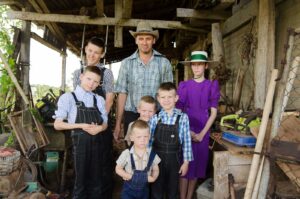
3. The Mayas
Archeological records have dated the arrival of the Maya to what is now Belize to 2500 B.C. when they arrived in the Cuello area in the northern part of the country. Today, the descendants of that ancient people make up one of the distinct populations in Belize. Scholars divide the period of the Ancient Maya into three categories. The Classic Period is when the Maya culture reaches its zenith in the years between A.D. 250 and A.D. 1000. For unknown reasons, Maya city-states began to disintegrate after that point. Archeologists have speculated that it was due to environmental causes, plagues, or widespread civil unrest but no exact cause has ever been determined.
Today, there are three distinct groups of Maya living in Belize. In the northern districts of Corozal and Orange Walk lives a population known as the Yucatec Maya who originally migrated from neighboring Mexico. In the southern Toledo District of Belize live the Mopan Maya who originally migrated from the San Luis area of the Peten region in neighboring Guatemala. There is also a branch of the Mopan Maya clustered around the village of San Jose Succotz formed of a mixture of Maya from Mexican and Guatemalan immigrants. Also located in the southern Toledo District is the Kekchi Maya who migrated from San Pedro Corcha in Guatemala.
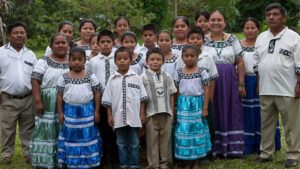
4. The Creole
The Belizean Creole or Kriol are Creole descendants of English log cutters and Black African slaves who were brought primarily from Jamaica to cut down mahogany trees. Many settlers would often marry or engage in sexual relations with Black African women, creating this new ethnic group. Today, identifying a Creole may confuse some; a blonde, blue-eyed Creole is not an uncommon sight as the term also denotes a culture that distinguishes more than physical appearance.
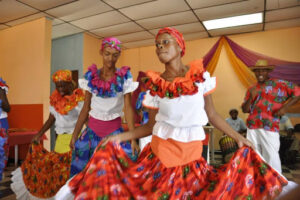
5. The East Indians
Some years after slavery was abolished, a group of Hindus from India came to Belize by way of Jamaica. They had entered Jamaica as part of an indentureship program that the British arranged to provide labor for various industries in the Caribbean after slavery was abolished. After these people had finished five years of indentureship, they were free to move to any territory in the West Indies to work. In Belize, the Hindus first settled in the Corozal District where they formed a community they called Calcutta and worked for the Mestizo and British sugar interests.
East Indians were believed to be better for lighter agricultural work than Africans or Garinagu. This racial stereotype meant that they were absorbed mainly by the British and Mestizo Sugar Estates in northern Belize as well as the twelve Confederate sugar estates in the south of the country. A wave of Hindus also arrived directly from India in the 1920s.

6. The Mestizos
Northern Belize is home to the largest Mestizo population in Belize. The term "Mestizo" refers to individuals of mixed Spanish and Yucatan Mayan descent whose primary language is Spanish and religion Catholic. Because of the large Mestizo population within Orange Walk and Corozal, northern Belize demographically resembles Mexico's Yucatan Peninsula more than any Belizean region. Mestizos originally landed within the borders of modern-day Belize after fleeing the Guerra de las Castas in the Yucatan in 1848. When the conflict ended, many refugees remained and settled along the River Hondo on Belize's northern border. More recently, immigrants from Guatemala and El Salvador have contributed to the Spanish community in the north and west of Belize. Their presence over the years has established the Spanish language as an integral part of daily life within households and schools throughout the country.
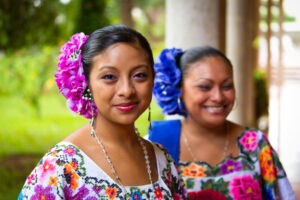
7. The Chinese
The first Chinese in Belize arrived as indentured laborers from the Amoy region in southeastern China in 1865. These immigrants were never agriculturally oriented and many died or went to live with the Santa Cruz Maya between the time they arrived in Belize and 1891. The next migration of Chinese came from Livingston, Guatemala. The subsequent wave of Chinese immigration was more permanent with several new families making Belize their home.
After Independence, citizens of Taiwan have immigrated to Belize. Mainland Chinese have also continued to make Belize their homes. Another Asian group that has contributed to Belize is a small group from Korea who have made attempts at manufacturing in the country. Asians have contributed much to the development of commerce in Belize.
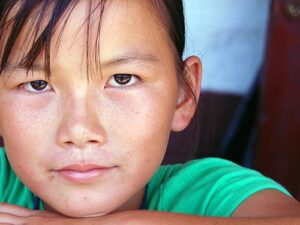
How to Immerse Yourself in Belize Cultures?
Aside from creating unforgettable experiences with our adventures, we aim to educate visitors about the history and culture of Belize, therefore, we provide some amazing cultural immersion tours too.
Garifuna Immersion Tour
This is one of the most amazing, interactive, and informative tours you can do in Belize. Here you will have the opportunity to dress in the beautiful and amazing Garifuna traditional clothing throughout the experience. Here you will learn the legacy, traditions, taste authentic culinary of the Garifuna culture and of course, listen and dance to some of their top dances such as the HunguHungu, Chumba, Punta, and Wanaragua. This tour is usually done in the beautiful Hopkins Villages as it is a Garifuna community.
Maya Culture Tour
This tour allows participants to learn more about the Maya people who built the legendary cities of Xunantunich, Tikal, Lamanai, Caracol, and Altun Ha that still tower over the Belizean landscape today.
In addition to these incredible culture tours, Untame Belize offers amazing outdoor jungle adventures throughout Belize and comfortable shuttle services from the country’s Philip Goldson International Airport to any vacation destination you desire. So if you want to immerse yourself in some of Belize's culture when vacationing here, we recommend booking with Untame Belize to make it a memorable experience. To keep up with information about Belize feel free to visit our website at www.www.untamebelize.com or follow us on our social media platforms (Instagram, Facebook, and TikTok).

